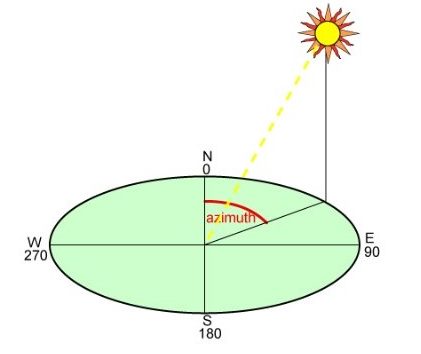Featured Insights
The Impact of Different Azimuth Angles on Solar PV AEP
Time to time we meet either complex terrains or uneven rooftop surfaces for Solar PV applications. Such challenges affect sun irradiation pattern, which makes the prediction of solar energy production a challenging task. To overcome such challenges, we may follow the boundary of the solar installation area or searching for an optimization between installed power and annual energy gain by doing optimization among multiple parameters. One of these parameters is called Azmiuth angle, which has direct impact on energy gain.
Variation in Azimuth angles has an impact on Annual Energy Production of a Solar PV power plant. The calculations without considering Azimuth angles may cause significant amount of energy losses over the lifetime of the Solar PV power plant.
By using certain properties of sun irradiation and the project location, we can conduct an energy production assessment for a Solar PV power plant. To carry out such an analysis, a Solar PV project in the Netherlands has been studied. The Solar PV project is planned to be installed on the roof, which is South-East oriented with 12° Azimuth angle.
The PV modules are installed true to the roof orientation with 15°tilt angle. In accordance with the preliminary study, the total installed capacity of the plant is reached to be 1,650 kWp.
The Azimuth angle is like a compass direction (with South = 0° and North = 180°) from which the sunlight is coming. At solar noon, the sun is always directly south in the northern hemisphere and directly north in the northern hemisphere. The Azimuth angle varies through the day as shown in the figure below.

To find out changes in AEP with respect to varied Azimuth angles a simulation study can be carried out with PVSyst simulation software. To see the impact of different Azimuth angles on annual energy production, the simulation has been iterated for every 15° starting from South (0°) and North (180°) directions. In accordance with the performed simulation, some important output parameters are listed as below:

As it is illustrated in the graph above, there is significant energy loss after 30° Azimuth angle in accordance with the defined project specifications and location.
Apart from Azimuth angle, depending on project location and technical and regulative requirements, there are many other important parameters, which have direct impact on Solar PV power plant energy production. Therefore, it is very important to perform a detailed optimization study prior to execute a Solar PV power plant.
